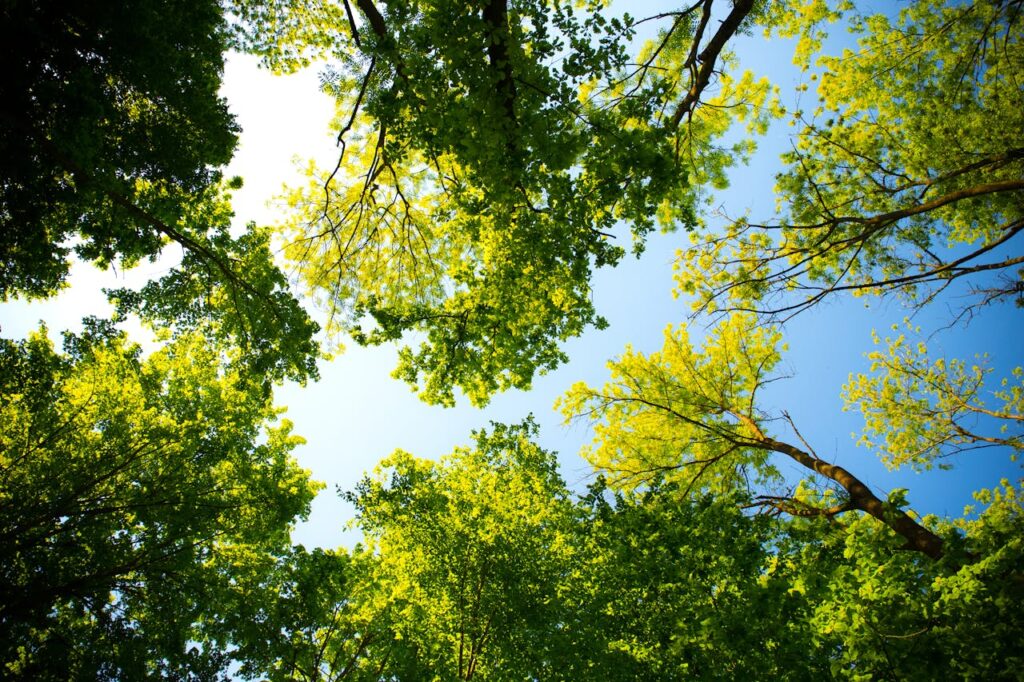The Himalayas are one of the few places on Earth where you can feel the world change with every step upward. As you move from the lush foothills to the high alpine deserts and icy glacial zones, the air, temperature, and even your body’s reactions begin to transform.
Each thousand meters brings a new world—new landscapes, new sensations, and a deeper respect for nature’s extremes. For trekkers, this transition is not just physical but emotional, offering an unmatched sense of accomplishment as you ascend into thinner air and closer to the sky.
Among the many adventures in the Himalayas, the Everest Base Camp Trek is one of the best ways to experience how altitude truly feels. Beginning from around 2,800 meters in Lukla and climbing up to 5,364 meters at Everest Base Camp, this journey is a living lesson in altitude adaptation.
Around 2,500 to 3,000 Meters: The Gateway to the High Mountains
At altitudes between 2,500 and 3,000 meters, you’re officially entering the “high mountain zone.” In the Himalayas, this is often where treks begin to feel real. Trails wind through pine forests and rhododendron groves, and the air feels cooler and cleaner.
At this height, oxygen levels are still comfortable for most people, about 73 to 78 percent of what you would find at sea level. You may notice that your breathing becomes slightly heavier on steep climbs, but your body usually adjusts quickly.
This zone is where trekkers often spend their first acclimatization nights—villages like Namche Bazaar (3,440 m) on the Everest route or Chame (2,670 m) on the Annapurna Circuit Trek are classic examples.
The temperature begins to drop significantly after sunset, and mornings can be crisp even in spring or autumn. Most trekkers feel energized at this altitude, though sleep might become slightly lighter as your body begins to respond to lower oxygen levels.
Between 3,000 and 3,500 Meters: The Acclimatization Zone
Once you climb beyond 3,000 meters, the effects of altitude become more noticeable. The oxygen content in the air drops to about 68 to 70 percent compared to sea level, meaning each breath delivers less oxygen to your bloodstream. You might find yourself stopping more often to catch your breath, even on gentle slopes. The heart rate increases slightly, and your body begins to produce more red blood cells to transport oxygen efficiently.
In this range, trekkers typically spend a full day resting to acclimatize, especially in places like Namche Bazaar or Manang. It’s normal to experience mild headaches, fatigue, or disturbed sleep as your body adapts.
Hydration becomes crucial, as the dry mountain air dehydrates you faster than you might realize. Walking slowly, eating well, and drinking plenty of water can make a big difference in how comfortable you feel.
The scenery also transforms here. The forests thin out, replaced by shrubs and alpine meadows. Villages are fewer but often surrounded by prayer flags and stone walls, reflecting a blend of culture and spirituality that defines life in the high Himalayas.
From 3,500 to 4,000 Meters: Breathing the Thin Air
At around 3,500 to 4,000 meters, you’re entering the zone where altitude sickness can start to appear more frequently. The oxygen levels fall to about 60 percent of sea level. Every step feels slower, and you’ll find that conversations shorten as you focus more on your breathing. Even experienced trekkers begin to feel the altitude here.
The daytime temperature can still be comfortable under the sun, but nights often fall below freezing. Breathing becomes noticeably deeper, and simple tasks—like putting on your backpack or tying your boots—might feel more effortful than usual. This is also where many trekkers experience the “high-altitude buzz,” a mix of excitement and heightened awareness caused by adrenaline and thin air.
For those trekking towards Everest Base Camp, the journey from Tengboche (3,860 m) to Dingboche (4,410 m) is one of the most revealing sections. You begin to understand why slow pacing and acclimatization days are essential. The landscape now opens up dramatically, revealing snow-covered peaks that seem close enough to touch.
Between 4,000 and 4,500 Meters: The Challenge Intensifies
Crossing 4,000 meters marks a significant milestone. The air now holds only around 59 percent of the oxygen available at sea level. Your body works harder with every movement, and fatigue can set in quickly. Most trekkers begin to feel the true challenge of high-altitude travel here—slower recovery, heavier legs, and sometimes a slight loss of appetite.
At this height, the body’s natural response is to increase respiration and heart rate even at rest. It’s normal to feel winded while climbing short distances. This is also where high-altitude acclimatization strategies—such as “climb high, sleep low”—are most effective. Spending an extra night at this elevation can make the following ascent much easier.
Villages like Dingboche or Pheriche on the Everest route and Manang on the Annapurna Circuit serve as ideal acclimatization spots. Many trekkers take day hikes to nearby viewpoints to help their bodies adjust while returning to sleep at a lower altitude.
Between 4,500 and 5,000 Meters: The Alpine Desert
At this stage, the Himalayas reveal their raw, barren beauty. Vegetation becomes scarce, the air turns colder and thinner, and each breath feels deliberate. The oxygen level dips below 55 percent of sea level. This is the environment where glaciers begin to dominate the landscape, and winds can feel piercing even under the midday sun.
For most people, this altitude feels physically demanding. Even walking on flat ground can leave you short of breath. It’s common to experience mild headaches or restless sleep, and some trekkers describe a sensation of “breathing through a straw.” The key here is patience. Maintaining a slow pace, keeping warm, and eating high-energy foods become essential parts of the journey.
Places like Lobuche (4,940 m) or Gorak Shep (5,164 m) on the Everest Base Camp trail are good examples of life at this altitude. Simple tasks take longer, and trekkers often find themselves moving in silence, conserving energy for the next step. But the sense of achievement grows stronger with every meter gained.
From 5,000 to 5,500 Meters: Near the Roof of the World
This is where the human body reaches its limits without supplemental oxygen. At 5,000 meters, the air contains only about half the oxygen of sea level. Breathing feels shallow, and your pace naturally slows to a steady rhythm—often called the “mountain pace.” Even though progress may be slow, the views and sense of accomplishment make every breath worthwhile.
In the Everest region, this is where trekkers reach landmarks like Kala Patthar (5,545 m) or Everest Base Camp (5,364 m). The body may feel heavy, and thoughts can slow down slightly due to reduced oxygen flow to the brain. Yet, the feeling of standing face to face with the highest peaks on Earth often overpowers the physical struggle. Many trekkers describe this altitude as both humbling and empowering, a perfect reminder of human resilience in nature’s extremes.
From 5,500 to 6,000 Meters: The Extreme Zone
Crossing 5,500 meters, you enter what mountaineers call the “extreme altitude zone.” Very few people spend long periods here without proper acclimatization. The oxygen level drops to around 47 percent of sea level, and the risk of altitude sickness increases sharply. Breathing becomes laborious even at rest, and physical exertion must be carefully managed.
For climbers attempting peaks like Island Peak (6,189 m) or Lobuche East (6,119 m), this zone demands full physical and mental preparation. Movements slow down dramatically, and the body consumes energy rapidly to stay warm and oxygenated.
The temperature can plummet to well below freezing, and the wind can feel like knives against your skin. At this altitude, hydration, nutrition, and steady breathing are the difference between success and exhaustion.
Despite the challenges, reaching or even approaching 6,000 meters is an unforgettable experience. The vastness of the Himalayas, the stillness of the glaciers, and the closeness of the sky make it feel like another world. Every heartbeat reminds you how far you’ve come, both physically and mentally.
Understanding and Respecting Altitude
Experiencing altitude in the Himalayas is as much about mindset as it is about fitness. Some people adapt quickly, while others need more time. The golden rule remains simple: go slow, stay hydrated, and listen to your body. Altitude affects everyone differently, but with proper pacing and acclimatization, it becomes part of the beauty of the journey rather than an obstacle.
Each elevation band, from 2,500 to 6,000 meters, tells its own story—of transformation, adaptation, and awe. The higher you go, the more you understand the delicate balance between human endurance and nature’s power.






